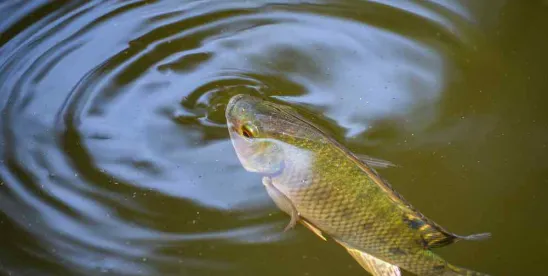Ahead of schedule, yesterday EPA and the US Army Corps of Engineers published their tenth attempt to specify the reach of the Federal Clean Water Act. The only question now is will its opponents file amended complaints in the paused court proceedings over the ninth attempt, will they file new lawsuits, or will we see both.
As I told Maydeen Marino of the National Law Journal, EPA and the Corps did at least some of the things they were required to do by the opinion of the majority of the Justices of the United States Supreme Court in Sackett v. EPA, most notably abandoning the notion that Clean Water Act jurisdiction extends to waters and wetlands with a "significant nexus" to a Water of the United States.
But the revised EPA and Corps Waters of the United States regulation continues to extend Clean Water Act jurisdiction to "tributaries," "impoundments," and "wetlands" that have a "continuous surface connection" to waters that are not "traditional navigable waters, the territorial seas, [or] interstate waters." EPA and the Corps call the latter ‘‘paragraph (a)(1) waters’’.
Now I don't mean to suggest that there isn't a scientific basis for such Clean Water Act jurisdiction. There most certainly is. In fact, such an extension of Clean Water Act jurisdiction would share its intellectual underpinning with the Supreme Court's majority opinion in another Clean Water Act case, Hawaii Wildlife Fund v. Maui.
But Justice Alito's opinion of the Court in Sackett (and his dissenting opinion in Maui) isn't about overwhelming scientific evidence. It is about whether there is "clear evidence that [EPA] is authorized to regulate in the manner it proposes." And in Sackett the Court concluded that the Clean Water Act extends to only those "wetlands" (and other relatively permanent bodies of water connected to traditional interstate navigable waters) with a continuous surface connection to such "Waters of the United States" "in their own right".
I have no doubt that at least some of the same NGOs and Attorneys General who challenged EPA's and the Corps' ninth attempt to determine the reach of the Clean Water Act will also be challenging the tenth attempt on the ground that EPA and the Corps have gone farther than the Supreme Court allowed in Sackett.
More specifically, I think opponents will say that Clean Water Act jurisdiction can only extend to "wetlands," "tributaries," and "impoundments" with a "surface connection" to what EPA and the Corps call "paragraph (a)(1) waters". That may not make scientific sense, and it most certainly will be the narrowest application of the Act since the 1980s, but, again, Sackett isn't about science.
This will mean more uncertainty as the longest running controversy in environmental law continues. Only Congress can end it.
Porter said the new regulatory definition of “waters of the United States” includes wetlands adjacent to impoundments and tributaries so long as the wetlands have a continuous surface connection to the impoundments or tributaries. Porter added he expects industry groups to challenge the new definition, saying it expands on the wetland regulation beyond what the Supreme Court said in Sackett was authorized by the Clean Water Act. “EPA did everything that the Supreme Court decision requires them to do,” Porter said. “But they also maintained language that might be beyond what the Supreme Court allowed.”




 />i
/>i

